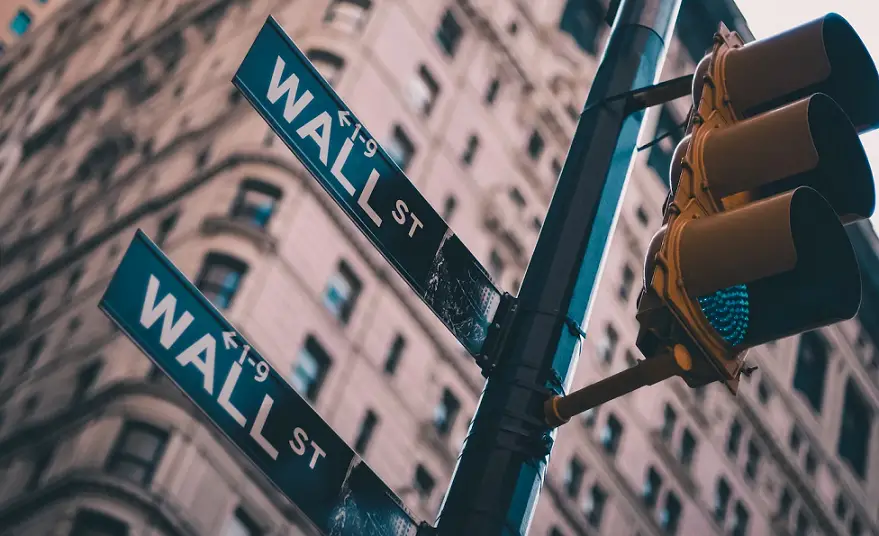In recent weeks, junk bond offerings in the US have spiked, as demand from investors looking to boost their returns by buying the risky, yet high-yield debt has grown.
However that demand is not coming blindly. Rather it is carrying with it a certain amount of caution, as investors are demanding additional protection through financial covenants and collateral in new bond offerings, according to accounts from analysts and investors.
This week, twelve high-yield issuers raised $9.6 billion, which, according to JPMorgan, would make it the busiest week since November 2021. Of the bonds issued, roughly 55% were made up of bonds which were secured by the assets of a company.
Roughly 55% out of a total of $121 billion in new junk bond supplies so far this year was secured. By contrast, over the same period in 2022, only 25% of a total of $81 billion in junk bonds was made up of secured debt, according to data from Informa Global Markets.
The increase in protection is a sign investors are feeling cautious about purchasing risky debt, as investors noted to Reuters that a higher-for-longer interest rate environment will increase the rate of default for companies.
According to ratings agency Fitch, of all outstanding US junk debt by the end of 2023, it is expected that 4.5% will default, an increase from the expectation of 2.8% in July.
The increase in protections for investors also shows that new debt is being structured with an eye to appealing more to the needs and desires of investors.
Anthony Canale, global head of research at Covenant Review said, “When interest rates were super low, the issuer was able to prevail on many things. It was an issuer’s market, and now it’s shifted the other way.”
He added, “Now we’re seeing new deals actually have relatively strong covenants (structural protections for bondholders),” noting especially features such as greater restrictions on such factors as dividend payments or investments.
However, between the high investment returns, and the extra levels of protection, demand for new junk debt is skyrocketing.
Brian Gelfand, co-head of global credit at asset manager TCW said, “Quite frankly, we are in the camp that this is a pretty interesting time to extend credit in the primary market, because of the terms that you’re able to negotiate.”
He added, “All-in yields are, on a historical basis, quite attractive [as is] the ability to push back on the margin on covenants and other structural terms.”
Total year to date returns for the ICE High Yield Index so far are 7.25%. The MorningstarLSTA US Leveraged Loan 100 Index meanwhile returned 9.66%. As a comparison, the ICE BofA Corporate Index, tracking investment-grade bonds, has a year to date return of 2.01% thus far this year.
Some investors are predicting that additional supplies of new junk debt, including bonds backing recently announced leveraged buyouts, will raise the overall issuance volume of bonds and loans to a minimum of $20 billion this month.
According to three investors, a consortium of banks led by Goldman Sachs and JPMorgan held investor calls on Wednesday looking for $4.4 billion in term loans to use as funding for GTCR’s buyout of merchant services provider Worldplay.
The loans were one part of a debt package adding up to $9.4 billion – the largest since billionaire Elon Musk’s buyout of Twitter last year.
Two other investors told Reuters that this week a group of banks led by Jeffries has begun testing interest for a $1 billion term loan which would help KKR buyout book publisher Simon and Schuster in a $1.4 billion deal.
JPMorgan, Goldman Sachs, and Jeffries all refused to comment on the reports.

